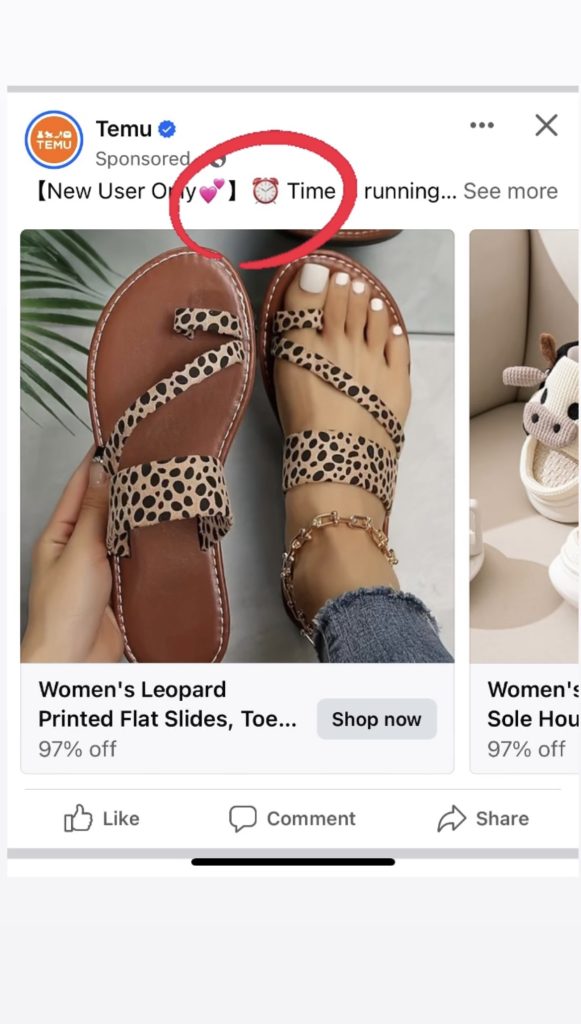Emojis for Social Media

There are multiple ways to capture attention on social networks or online channels. One of them is the use of Emojis. Emojis have evolved from the once-known Emoticons (the smiley face) but now there are 3,664 existing emojis.
Emojis and symbols work very well on social media publications.
→ How many can we use?
→ In which position do they work best?
→ When can they overwhelm users?
Keep reading to find all the answers.
How to use Emojis
Smiley faces arrows, or any other symbols will help you to grab people’s attention and show proximity. At the end of the day, these are also resources that you use daily on any app
So, where should you use them?
Emojis and Symbols on Social Media
If you highlight your message by using emojis and arrows, customers will pay more attention to your ads, and therefore, the chances of conversion will increase.
You can use an arrow to point at the link, quote the keyword, Clock emoji to create urgency, etc.
You can find a visual example below:

Email marketing campaigns
Use visual elements on your subject line to increase the possibility of your email being opened.
If your inbox is loaded with new emails, which one will catch your attention?
One that surprises you, including some emojis or capital letters, will stick out from other emails.
You should try it, pay attention to the following example:
What subject line catches your eye first?

Ads
Including emojis and symbols on your Facebook or Twitter ads will also help you to connect with users and get their attention.
When links are included, they will help you to highlight the URL.

Blog articles or posts
If you have a blog where you frequently write articles with the objective of connecting with your readers and showing closeness, the use of emojis, symbols, and variations in your writing will be key to reaching that goal.
You should try it!
TIP
You can also apply persuasive writing techniques to capture your reader’s attention
DISCOVER PERSUASIVE WRITING TECHNIQUES HERE
Meta descriptions and titles
Google SERP is another scenario where you can use symbols and emojis through meta descriptions and titles. It will help you to stick out among other search results.
Be aware that not all the emojis work on Google, some of them are: [ ] ▷ ✅

More symbols that you can use.
Symbols
Sometimes, emojis are not enough for some actions and the use of symbols is necessary. You can find some examples of the most relevant symbols that will complement your content:
Arrows
Using arrows in your Call-to-action or CTA will help encourage the audience to do something especially when the arrow points to the comment section or a link.
FREE tools to find the right symbols and Emojis
If you feel that you still need more symbols and Emojis than the ones we have already shared with you, there are some FREE tools that will help you find the right symbols and Emojis for your content:
Chrome extensions
With this Chrome extension, you will save plenty of time and you will have a large variety of symbols very handy.
To learn more about emojis and all the recent ones that were recently released this year, click the button below!

